Welcome to the March edition of the FrogBlog! We will be covering how to pick out your first pet, the difference in habitats and environments, and how to properly care for your critters once you have them.
Choosing Your Critter
Critters can be a tricky when it comes to picking your first one. An even more daunting task is critter care. However here at Frog Beans we have already done the research for you and we are here to make the critter care experience as easy as possible for you! Not only have we done the reasearch we also designed and built an enclosure monitoring and control system called the Mother Bean to help you along the way.
To begin our dive into the critter care world we first need to have the critter itself. Choosing your first critter can be super fun! However it can also be super scary, there are so many things to consider, from environment, comfort level, diet, handling experience, and much more. How can you possibly decide what critter to purchase?
Lucky for you that decision is quite easy, most places that you can purchase critters will have their critters labeled “Beginners” ,“Intermediate”, or “Advanced”. You will want to stick to the critters labeled “Beginners” as they are the easiest to take care of and typically have less specific care requirements.
If your shop of choice does not have their critters labeled in such a way talk to the owner or employees and see which critters that they offer are easiesr to care for. Do your own research as well and see what critters are best suited to your preferences and abilities. Just remember that having a critter is NOT intended for any type of immersion theropy. Purchase a critter that you are comfortable with first and then perhaps you will find the others are not so scary after all. Critter care begins with comfort for you and your buddy.
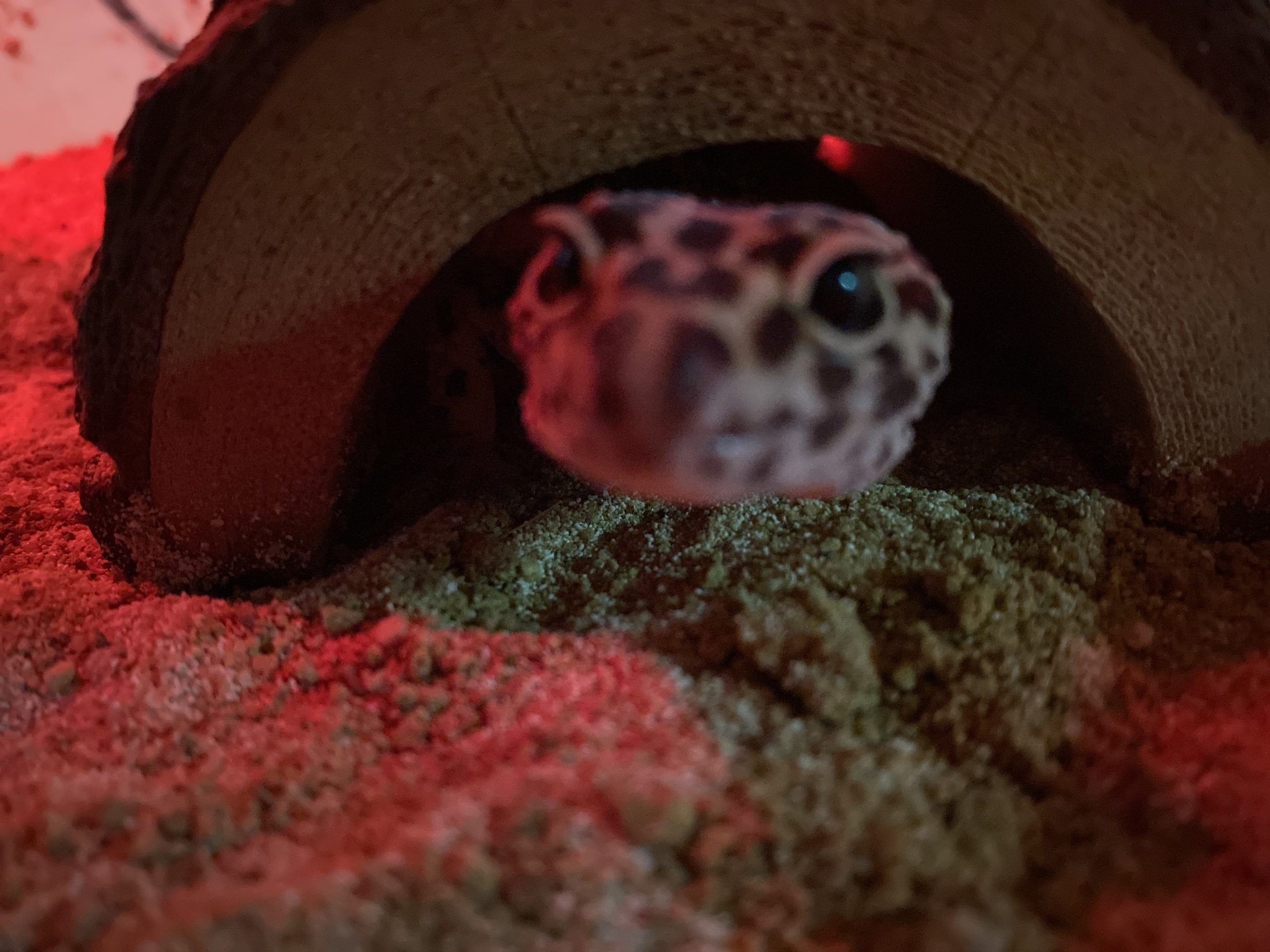
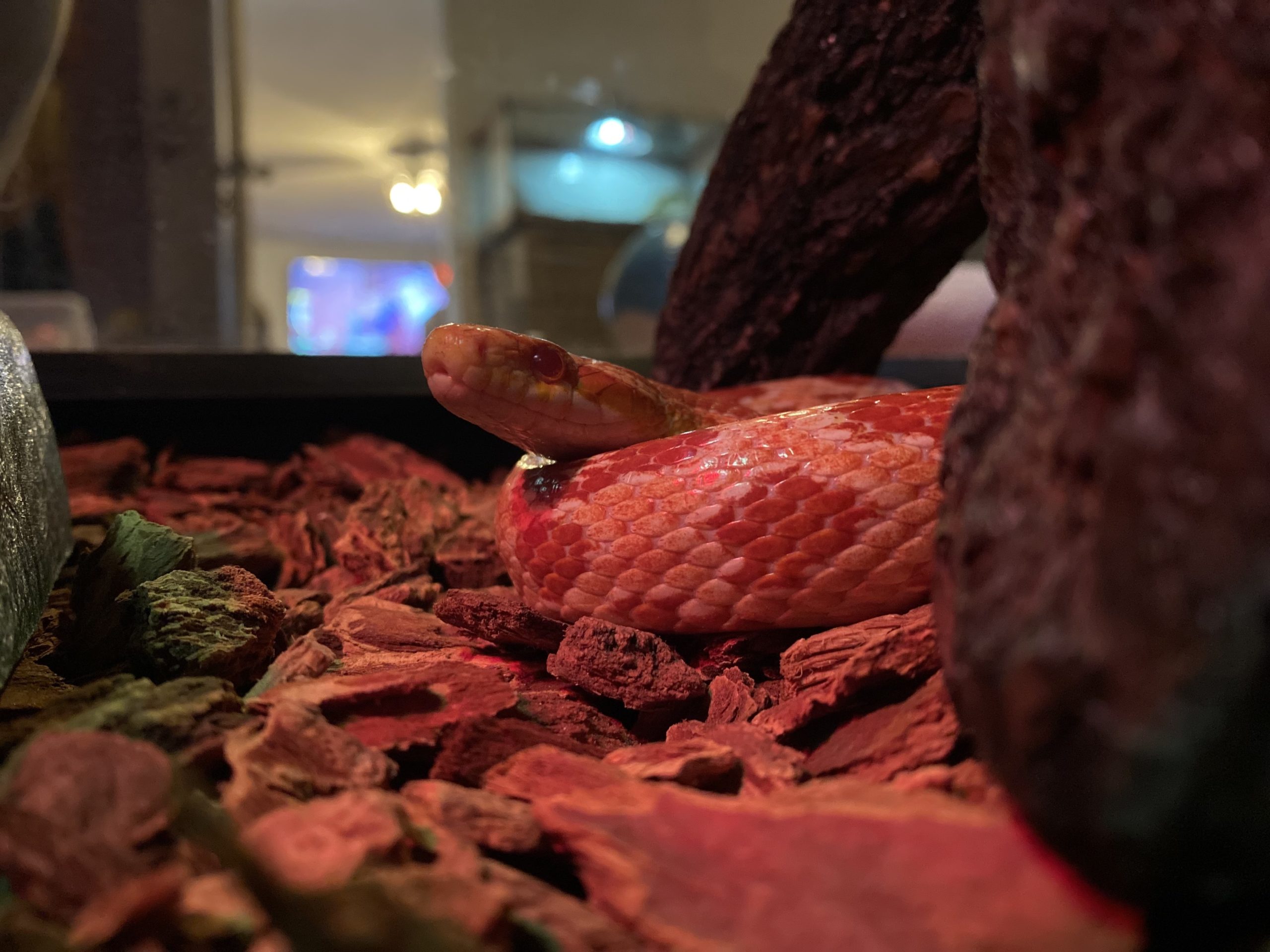
Habitat
Now that you have chosen your critter you need to consider what kind of habitat they live in. Keep in mind Habitats are different from environments. For example when it comes to desert critters habitats can look very different. For example a typical sandy desert, a rocky desert, or a savannah grassland. These all fall under the category of “desert” but aren’t all exactly the same. Be sure to research your critter and see what kind of habitat they live in naturally. A happy critter is a healthy critter!
More than simply looking into the natural habitat of your critter, you need to find what is working for others with the same critter. Remeber that each critter is unique and may have slightly different preferences. For example at Frog Beans we have two bearded dragons. Speedy, our older bearded dragon prefers a softer substrate with two hides, one only a few inches from the top of her enclosure. While Thurston prefers a more firm substrate and a single hide further away from his basking light.
When researching your critter be sure to look for critter care sheets from reputable sources. Frog Beans has a list of critters and their habitats, linked below. A habitat is not just the substrate. You must consider plants and clean-up crews (if you are going bioactive).
Diet
We have our critter and the proper enclosure set up with the proper habitat, but how do we take care of the newest member of our family? To begin you need to look at their diet. Diet consist of what the critter eats and what they need to be healthy and strong.
- Vegetarians will eat greens, vegetables, and fruits.
- Carnivores will eat meats.
- Insectivores will eat insects.
- Omnivores will eat a mix of the above.
Just be sure you research your specific critter to make sure they get what they need in their diets. Beware of prepackaged (just for your critter) foods. Some prepackaged foods do not contain the nutrients your critter needs and some can be harmful to your critter. Not all pet care companies actually care for pets. Flukers is a great company for dried and prepackaged foods when fresh foods are not available. As always we suggest that you do your research and find what works for you and your critter.
After you have found the diet that works for your critter you can move on to proper handling. Animal handling requires confidence and a good sense of awareness. Both can be learned over time. Proper critter care requires proper handling.
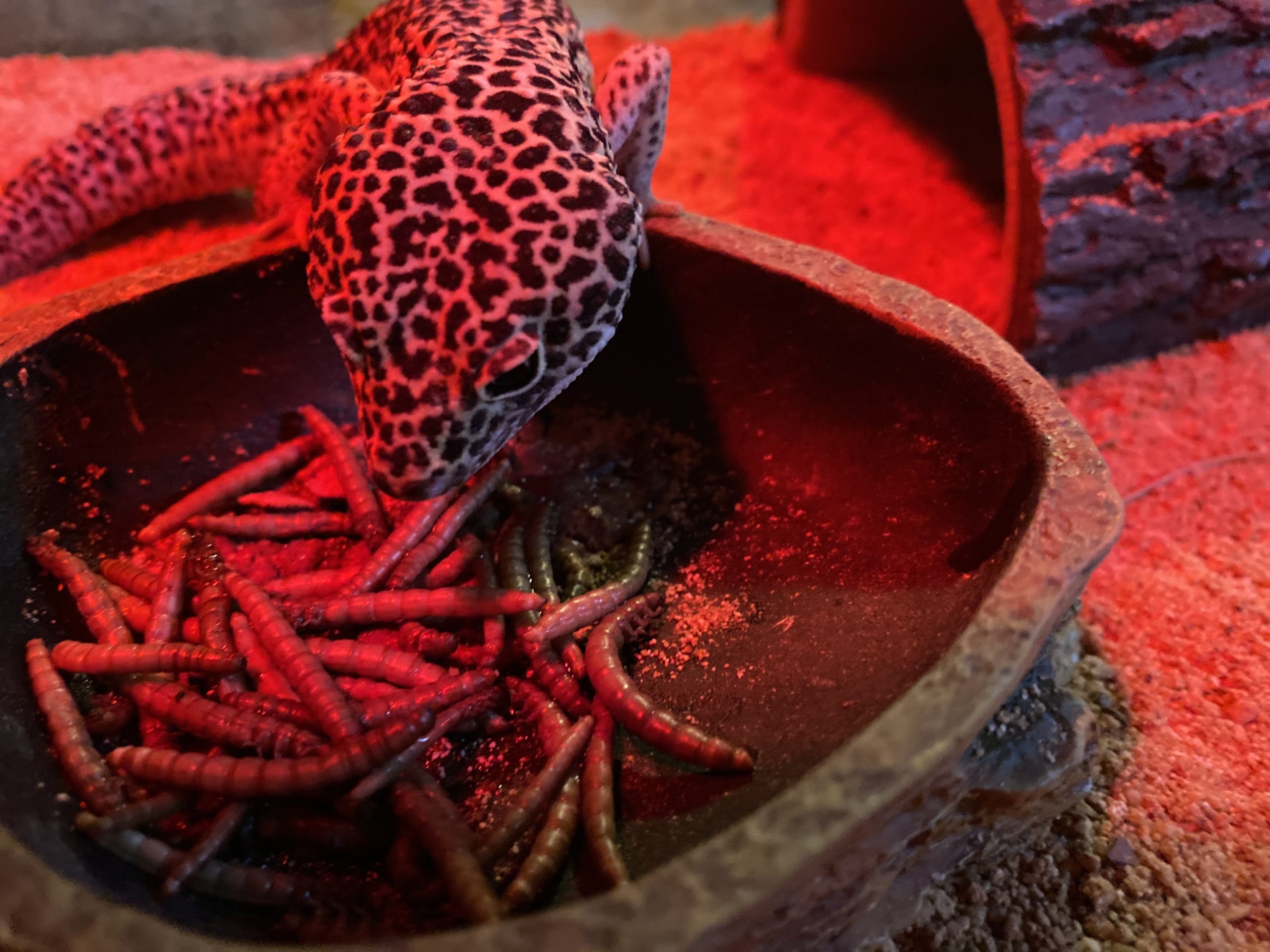
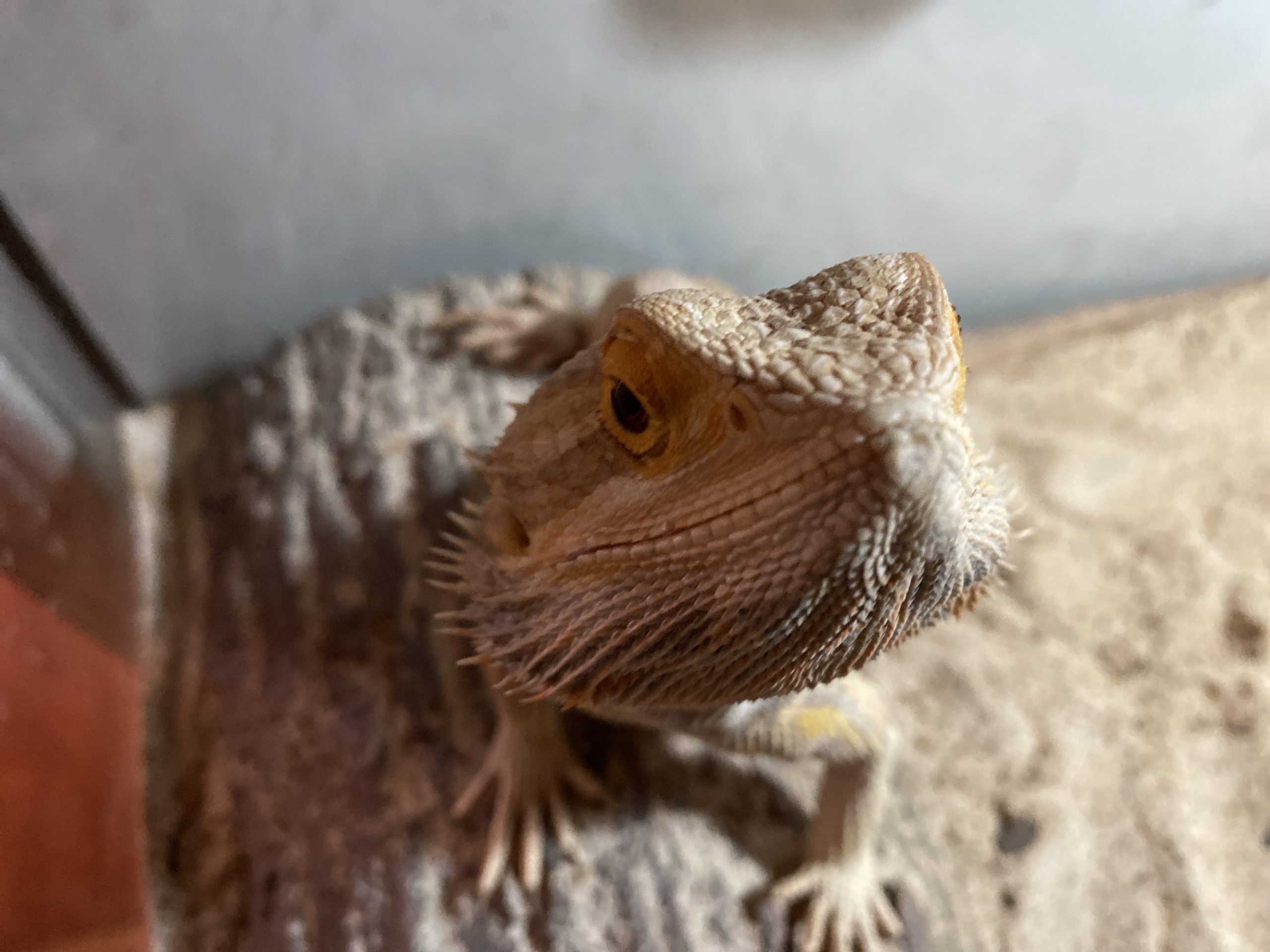
Handling
No matter which critter you have chosen it will need to be handled. Any critter can be handled safely with a few easy steps. The first step is to always approach with confidence and steadiness. Being skiddish or shakey will cause your critter to also be skiddish and defensive. When a critter is defensive it will defend itself. This can cause harm to you or itself.
If a critter is not used to being handled or does not enjoy it you will first have to acclimate it to interaction. Placing your hand near the critter without attempting to touch it. Let the critter come to you. Over time it will become comfortable with you and you will be comfortable handling your critter. If the enclosure is large enough for you to sit inside of allow the critter to climb on and around you. The best way for a critter to become comfortable with you is to do it on their terms and in their territory.
When moving a critter to a new enclosure do not attempt to also acclimate it to new handlers as well. This can overstress the critter and lead to death. Allow your critter to become comfortable with its new surroundings before handling it.
For a deeper dive on this months blog listen to our podcast, BeansTalk. Leave a comment below and don’t forget to subscribe to our newsletter for updates and special offers.

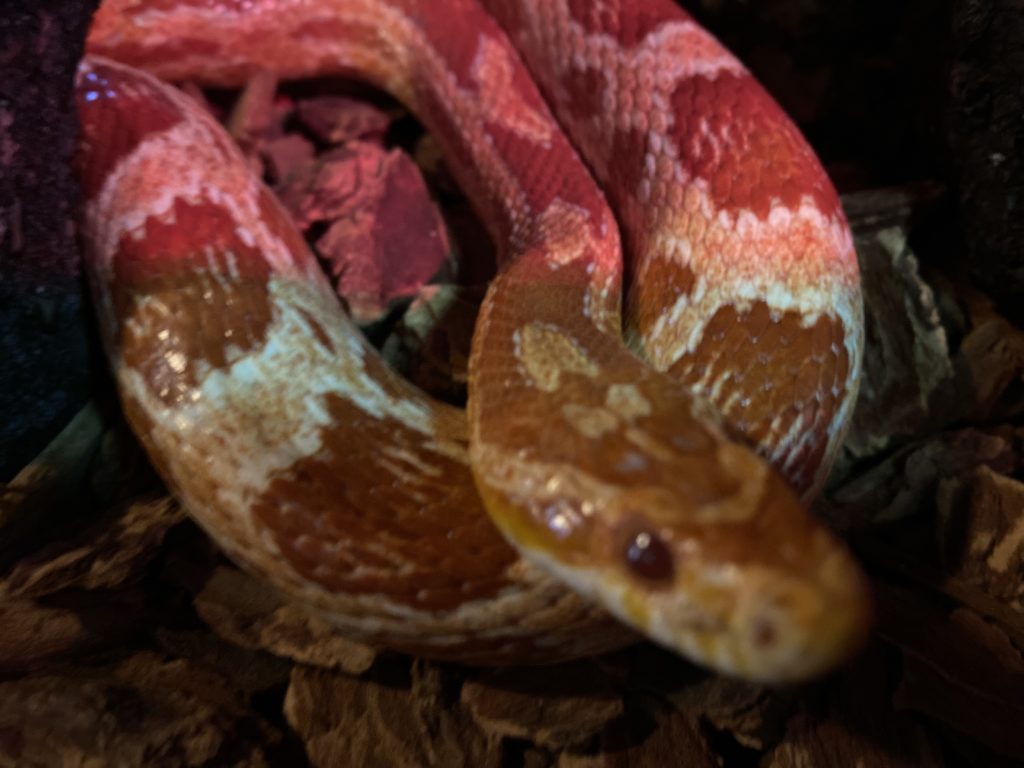

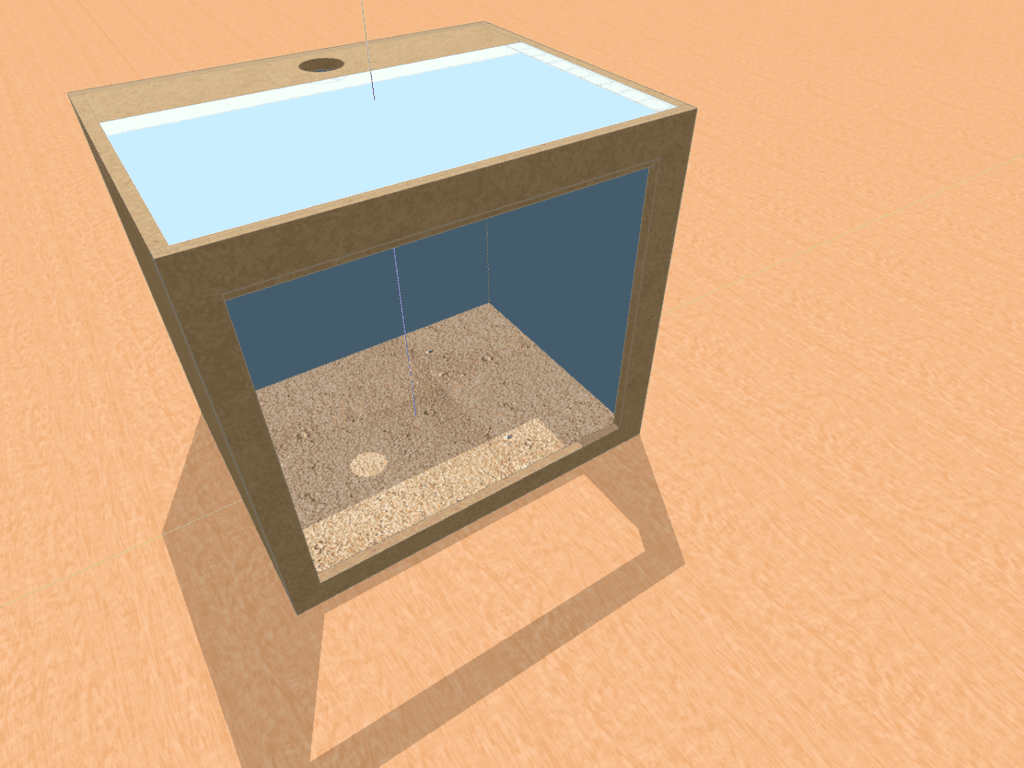
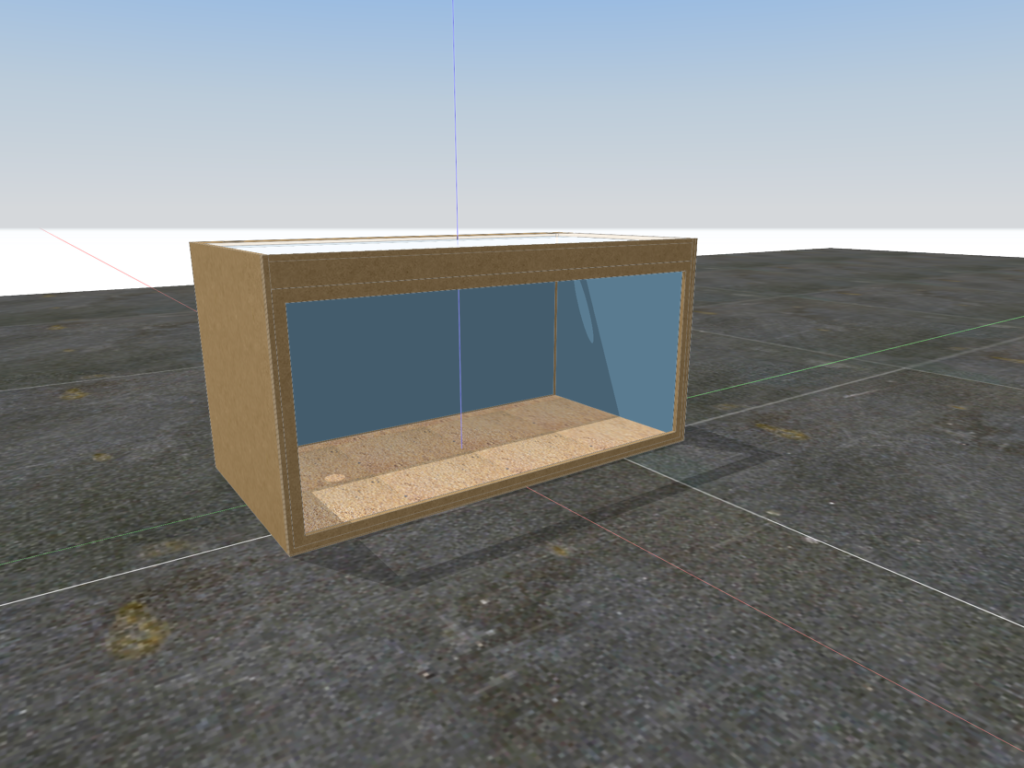
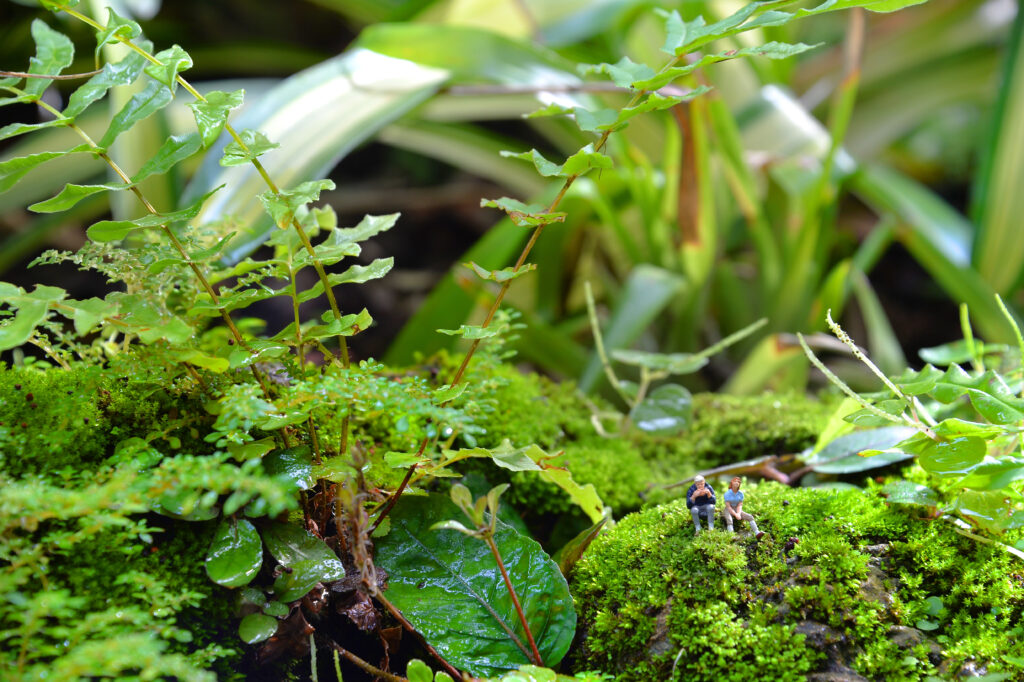
0 Comments